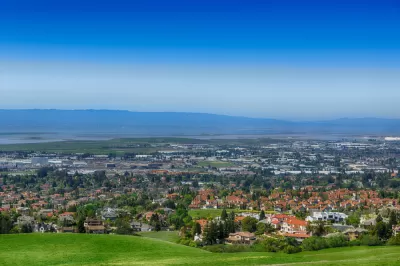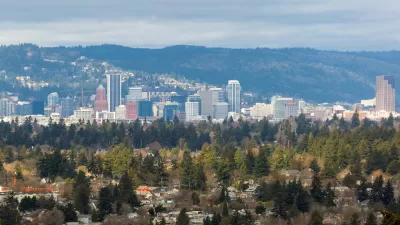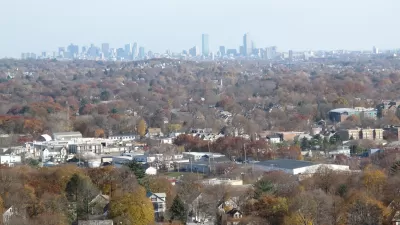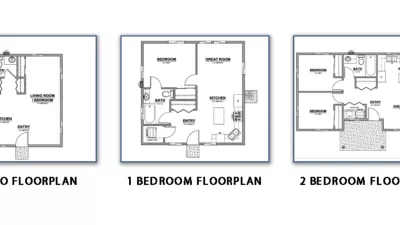SB 1120 is the latest law proposed in the California Legislature to preempt restrictive local zoning.

The Terner Center for Housing Innovation has published a detailed analysis of SB 1120, a law proposed in California as the latest attempt to ease development restrictions and spur housing development in the infamously expensive state.
The effect of SB 1120 would be similar to similar planning innovations in the cities of Minneapolis and Portland, as well as the state of Oregon: to end the exclusionary regulations of vast swaths of single-family zoning.
As written, SB 1120 affects single-family parcels in two ways that could ultimately lead to up to four homes on lots where currently only one exists. First, the proposed legislation would allow existing single-family homes to be converted into duplexes. Second, the proposed legislation would allow single-family parcels to be subdivided into two lots, while also allowing for a new, two-unit building to be constructed on the newly formed lot.
While the paper predicts the potential for the proposed law to facilitate the construction of a significant number of new units in the state, the final total would be determined by local regulations and financing opportunities.
The analysis includes an assessment of the number of parcels statewide that would be eligible to split as defined by the bill's current language. According to the paper, millions of parcels would be eligible to split— 5,977,061 to be exact. In a state with about 12.5 million parcels in total, that would be a significant amount of potential change.
FULL STORY: Single-Family Zoning Reform: An Analysis of SB 1120

Trump Administration Could Effectively End Housing Voucher Program
Federal officials are eyeing major cuts to the Section 8 program that helps millions of low-income households pay rent.

Planetizen Federal Action Tracker
A weekly monitor of how Trump’s orders and actions are impacting planners and planning in America.

The 120 Year Old Tiny Home Villages That Sheltered San Francisco’s Earthquake Refugees
More than a century ago, San Francisco mobilized to house thousands of residents displaced by the 1906 earthquake. Could their strategy offer a model for the present?

HSR Reaches Key Settlement in Northern California City
The state’s high-speed rail authority reached an agreement with Millbrae, a key city on the train’s proposed route to San Francisco.

Washington State Legislature Passes Parking Reform Bill
A bill that would limit parking requirements for new developments is headed to the governor’s desk.

Missouri Law Would Ban Protections for Housing Voucher Users
A state law seeks to overturn source-of-income discrimination bans passed by several Missouri cities.
Urban Design for Planners 1: Software Tools
This six-course series explores essential urban design concepts using open source software and equips planners with the tools they need to participate fully in the urban design process.
Planning for Universal Design
Learn the tools for implementing Universal Design in planning regulations.
Ada County Highway District
Clanton & Associates, Inc.
Jessamine County Fiscal Court
Institute for Housing and Urban Development Studies (IHS)
City of Grandview
Harvard GSD Executive Education
Toledo-Lucas County Plan Commissions
Salt Lake City
NYU Wagner Graduate School of Public Service





























